Persepolis palace, the most popular Iranian monument is a set of very magnificent palaces and the name of the spring ceremonial capital of the Great Achaemenid Empire. It has been the most important monument in old Iran in terms of scope and grandeur. Persepolis is the capital of the first global empire, the Achaemenid.
Constructing Persepolis
Construction work of Persepolis started at the time of Darius the Great in about 520 B.C. and continued during the other Achaemenid kings for 120 years. It never came to completion as at the time of Alexander’s invasion, it was still partially under construction. A clue to this idea is the incomplete north gate of the palace complex. Persepolis is located in a wide area and is limited from one side to the Rahmat Mountain (Mount of Mercy) and on the other side to Marvdasht. It is about 135,000 square meters and is built entirely of stone. The full extent of the palaces of Persepolis is 125 thousand square meters.
How it Was Built?
Persepolis stones seem integrated at first glance, but in fact, they have assembled pieces. No mortar is used among the stones but in some places, they have used some special pins made of lead called “Swallowtail” to connect them together. Over time, some columns of the “One Hundred Columns Palace” have left behind lots of natural disasters and are still standing. The secret of their stability against earthquakes is at the junction where two pieces of columns are connected by means of molten lead.
Apadana Palace
Apadana Palace is the oldest palace of Persepolis. The Palace was built by the order of Darius the Great and has the same name as Apadana Palace in Susa. The palace was used for Nowruz celebrations and reception of foreign representatives.
Hadish Palace
Hadish Palace is attributed to Xerxes. Some anecdotes state that during Alexander Invasion, the fire that burned the whole Persepolis started from this palace. Another part which is said to be part of the Hundred Columns Palace is the place where the Royal Imperial Guard commanders were standing.
Necropolis – The Resting Place of the Great Kings
The magnificent Necropolis (Naqsh-e Rustam) is only a short distance from the glories of Persepolis, so consider visiting the tombs of the kings after we’ve explored the city of the Persians. This stunning ancient site contains four tombs carved into the rock face, at a great height.
It takes more than two hours to walk around Persepolis and an hour or less for seeing Naghsh-e Rostam, but these are the sites that you’ll regret if you don’t visit while you’re in Iran. Have your sunglasses with you and a bottle of water since you are about to have a long walk through history. Persepolis is rich in symbols and signs and is a combination of Achaemenid art and the art of all subordinate nations. You can see this must-see World Heritage Site attraction with booking Persepolis tour.
There was once a Persian general. His name was Darius I. He had inherited what was at the time, the peak of civilization, the crown of the fertile crescent, the Achaemenid kingdom. Darius wanted to make a statement. He wanted a symbolic capital to host nations from all corners of the known world. He was, after all the king of kings, so he needed the grandest of palaces. And thus, we have Persepolis palace. Persepolis, also known as Takht-e Jamshid (Throne of Jamshid), was the ceremonial capital of the Achaemenid Empire, which is now unfortunately mostly ruined. However, still, you can feel the glory of the Persian Empire. Come on this journey with us to know all about the history of Persepolis.
The ancient ruins of the capital of the Persian Empire is located about 70 kilometers outside of the spectacular city of Shiraz, in a close distance to Marvdasht. This UNESCO World Heritage Site lures thousands of tourists from all around the world each year to see the glory of the Persian Empire. The name “Persepolis” comes from the Greek word “Perses-polis”, meaning the Persian City, which is now an authentic set of significant monuments in many terms including materials used in building it, its location, and its form and design.
The Achaemenid Empire: ⅘ of the Known World
The Achaemenid era is one of the most effective eras in Iranian culture and history. Their empire has now turned to one of the world’s greatest archaeological sites that many Iranians are proud of especially for the reign of Cyrus the Great and Darius the Great. With no doubt, their most magnificent legacy is Persepolis. This empire’s biggest contribution to the world was treating everyone equally, making little or no distinction between conquerors and conquered once peace had been established, while still allowing freedom of culture and religion, and language.
The Biggest Party House in the World: The Construction of Persepolis
The idea of constructing Persepolis first came from Cyrus the Great. However, it was Darius I who was seeking a fresh start for the Persian Empire. He started the construction between 515-518 BC. Over the course of 150 years, the grand ceremonial complex was completed finally during the time of kings Darius I, his son Xerxes, and his grandson Artaxerxes. These Achaemenid kings, one after another, did their best to build this splendid palatial complex.
The reason for building Persepolis or the city of Persians was to be a showplace and spectacular center for the receptions and festivals of the kings and their empire. And you can see that they were truly successful. However, some archaeologists believe that it was especially used for celebrating Nowruz, the Persian New Year.
The complex contained nine structures including Apadana Palace, Tachara, Council Hall, Treasury, Throne Hall, Palace of Xerxes I, Harem of Xerxes I, Gate of All Nations, and Tomb of the Kings. In addition, there were also residential buildings, a marketplace, and probably the Palace of Artaxerxes I. Although they are now turned to remnants, they still present an eclectic set of structures, including monumental staircases, noble high reliefs, and awe-inspiring gateways, that all witnessed the splendid expanse of Achaemenid’s domain. They all make you stand in awe and wonder how could they build this tremendous city at the time.
Apadana Palace – The Throne of the King
Known as the greatest palace at Persepolis, Apadana palace was built on the western side of Platform by King Darius I. Building Apadana began in 518 BC, and it was completed 30 years later by his son Xerxes I. The palace had a grand square-shaped hall with 72 columns, which now you can see only 13 of which. What distinguishes these columns is the top of them, made from animal sculptures including two-headed lions, cows, and eagles.
Gate of All Nations – A Portal to a Different World
The Gate of All Nations, referring to subjects of the empire, consisted of a grand hall that was a square of approximately 25 meters in length, with four columns and its entrance on the Western Wall. There were two more doors, one to the south which opened to the Apadana yard and the other opened onto a long road to the east. Also, you can see a pair of lamassus, bulls with the heads of bearded men, stand by the western threshold. Another pair, with wings and a Persian head, stands by the eastern entrance, to reflect the power of the empire.
Receiving Ambassadors in the Throne Hall
Right next to Apadana Palace, the second largest building of the Terrace and the final edifices is the Throne Hall or the Imperial Army’s Hall of Honor or the Hundred-Columns Palace. This hall was started by Xerxes I and completed by his son Artaxerxes I by the end of the fifth century BC. Its eight stone doorways are decorated on the south and north with reliefs of throne scenes and on the east and west with scenes illustrating the king in combat with monsters. At the beginning of the reign of Xerxes I, the Throne Hall was used mainly for receptions for military commanders and representatives of all the subject nations of the empire. Later, the Throne Hall served as an imperial museum.
Other Grand Attractions of Persepolis
As mentioned above, other palaces included the Tachara, which was built by the order of Darius I, and the Imperial Treasury, which was started by Darius I in 510 BC and finished by Xerxes I in 480 BC. The Hadish Palace of Xerxes I occupies the highest level of terrace and stands on the living rock. The Council Hall, the Tryplion Hall, storerooms, stables and quarters, the unfinished gateway and a few miscellaneous structures at Persepolis are located near the south-east corner of the terrace, at the foot of the mountain.
And it all burned down in one night
Alexander the Great, king of the ancient Greek, kingdom of Macedon, invaded the city of Persia in 330 BC. He allowed his troops to loot Persepolis and set it ablaze. However, scholars still have different ideas whether it was Alexander who burnt down the majestic palaces of Persepolis or it was an accident. According to the writer of Chronology of the Ancient Nations: “Alexander burned the whole of Persepolis as a revenge to the Persians because it seems King Xerxes had burnt the Greek City of Athens. People say that, even at the present time, the traces of fire are visible in some places”.
The ruins of the Achaemenid remained as the capital of Persia to testify its ancient glory, however, in 316 BC, it was a province of the Macedonian Empire. In 1618 CE, the ruins were positively identified as Persepolis, but aside from amateur digs by treasure-hunters, no efforts were made to excavate the site. It was not until 1931 CE that professional excavations began and Persepolis again rose from the sands. These excavations supported the reports of the ancient historians regarding the burning of Persepolis as there was ample evidence among the ruins that the city had been destroyed by a great fire.
The Final Resting Places of the Achaemenids – Necropolis
Only 12 km Northwest of Persepolis, there are three tombs, hacked out of the rock in the hillside, known as Necropolis (Naqsh-e Rostam). These tombs are the resting place of the Achaemenid kings, Darius I, Xerxes, Artaxerxes, and Darius II which makes it a must-see place after visiting the City of Persia.
Where You Can See Persepolis Outside of Iran
Remnants of Persepolis were the witnesses of the rich Persian history. Probably this is why it is very popular all around the world and you can see parts of it in several known museums throughout Europe and America. Museums including the Fitzwilliam Museum in Cambridge, British Museum, New York City’s Metropolitan Museum, Museum of Fine Arts of Lyon, and the well-known Louvre of Paris which indicates a whole section about Iran and Persepolis. It is worth mentioning that as valuable as the insight in the mentioned museums cannot even capture the greatness of a dreamlike feeling you can get by actually walking on the ground of Persepolis itself.
Even though the enemies of the Persian Empire attempted to perish this unique archeological site in flames, up until today this astonishingly picturesque gem of Achaemenid stands the test of time to inspire scientists, architects, and tourists from all walks of life. The impression of this unique architectural masterpiece can be found in contemporary sites such as the Darius Grand Hotel in Kish Island and the Ministry of Foreign Affairs in Tehran. Not only does Perspolis remind historians of the great era of the Persian empire, but also it serves Iranian people as a reminder of their great predecessors who established one of the most admirably unprecedented civilizations in the history of mankind.

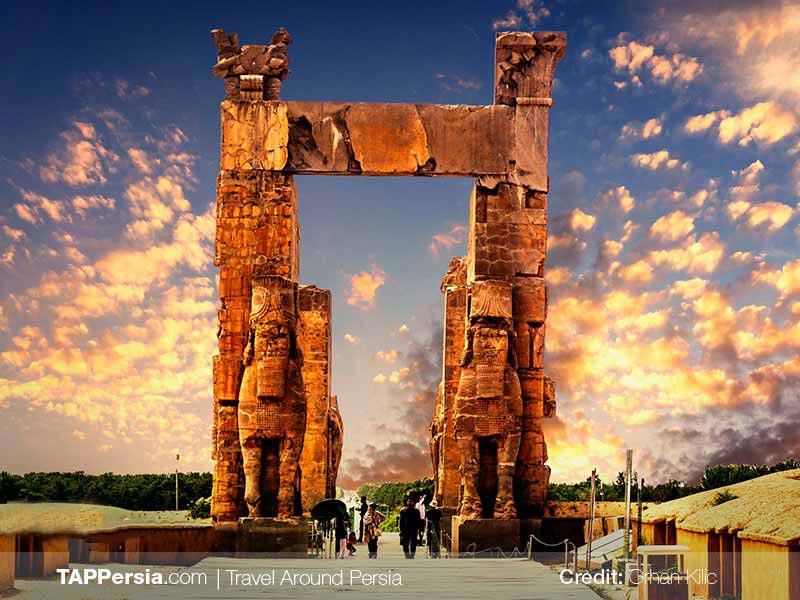






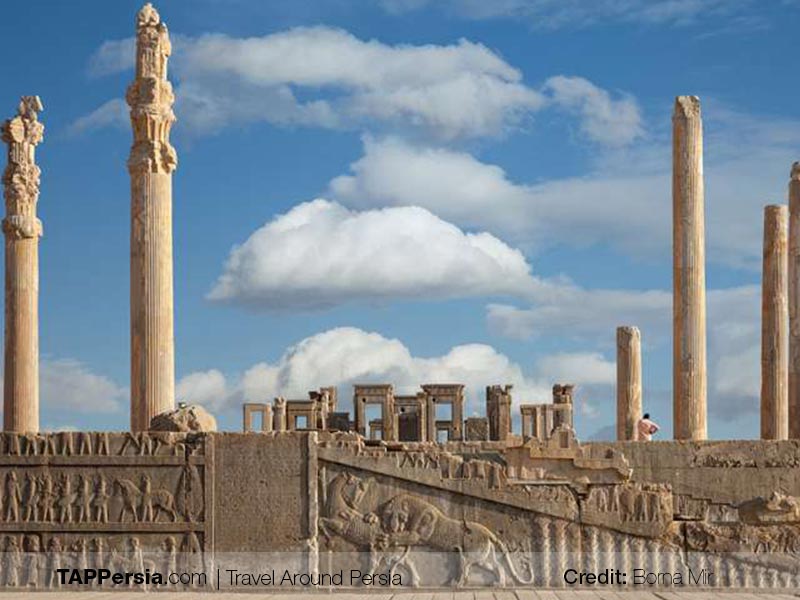




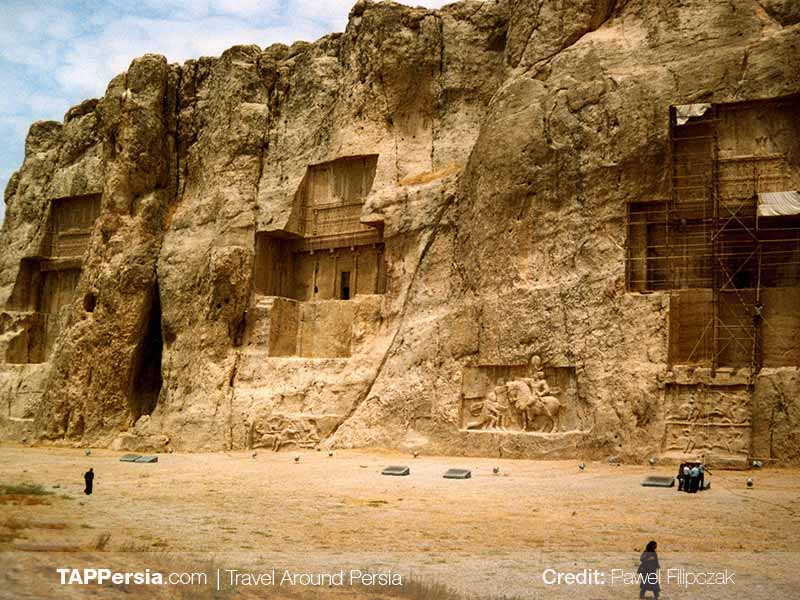

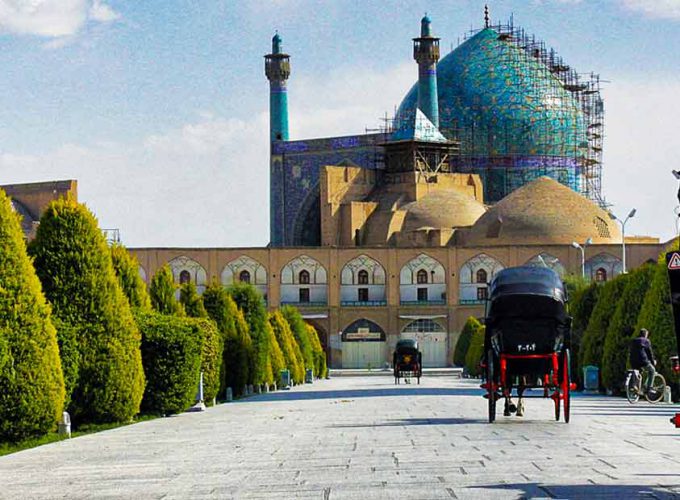

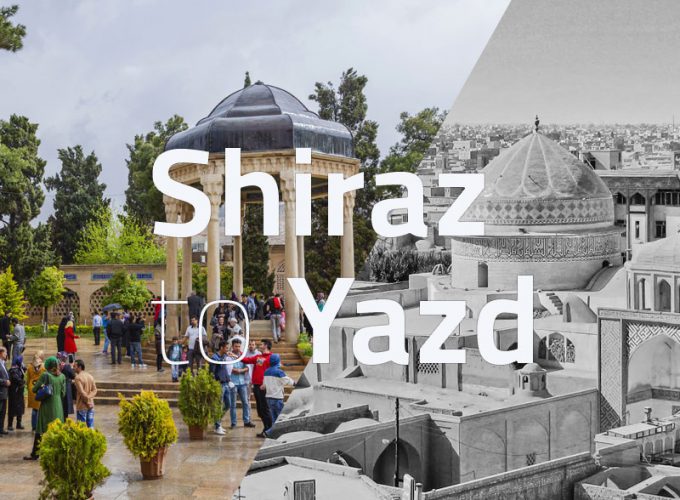
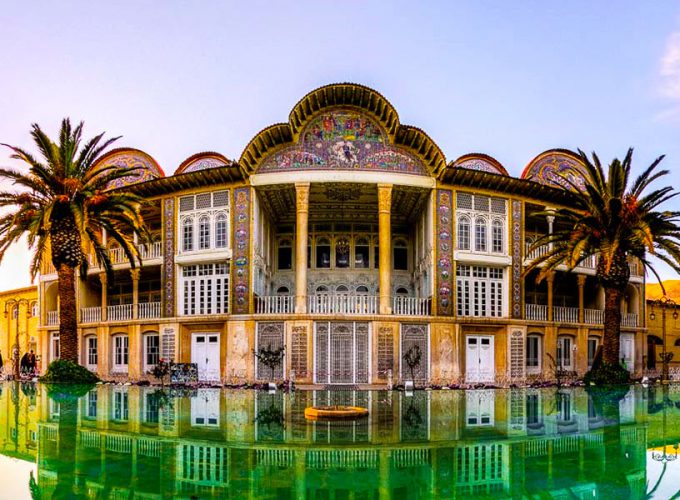
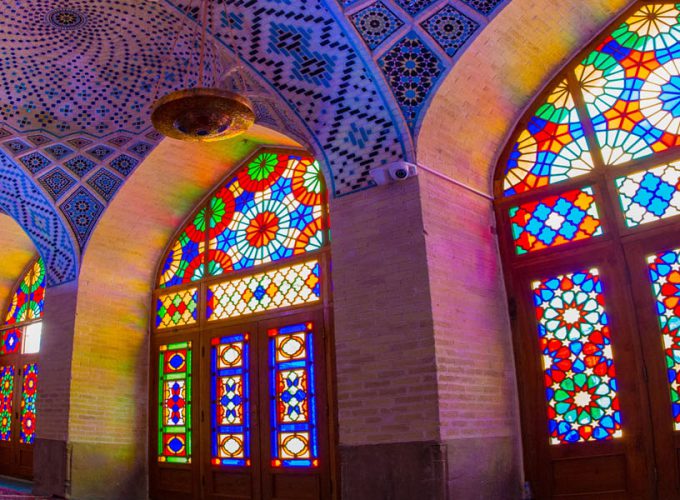
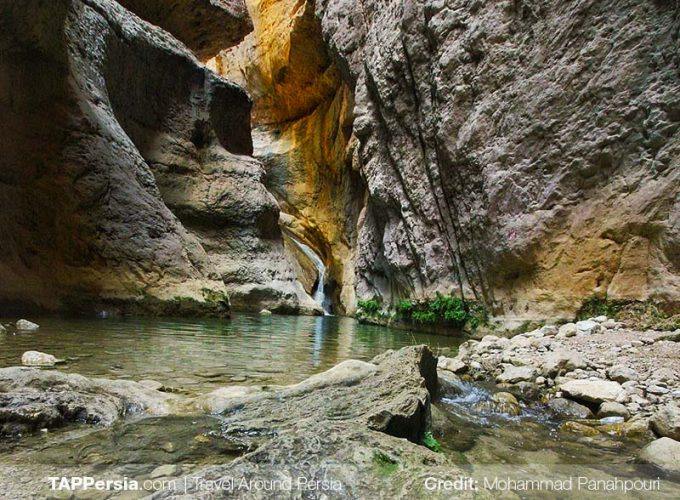


Its like you read my mind! You appear to know so much about this, like you wrote the book in it or something. I think that you can do with some pics to drive the message home a bit, but other than that, this is wonderful blog. An excellent read. I’ll certainly be back.
Thanks, it’s quite informative
Thanks, it’s quite informative